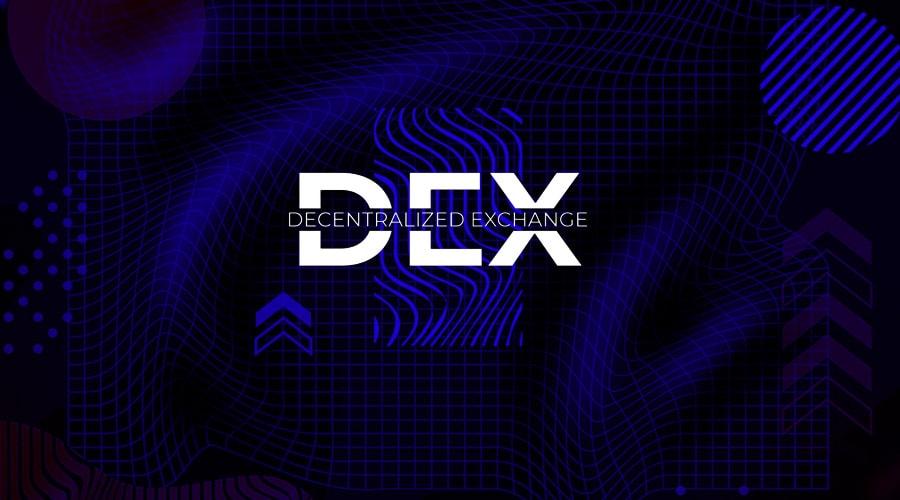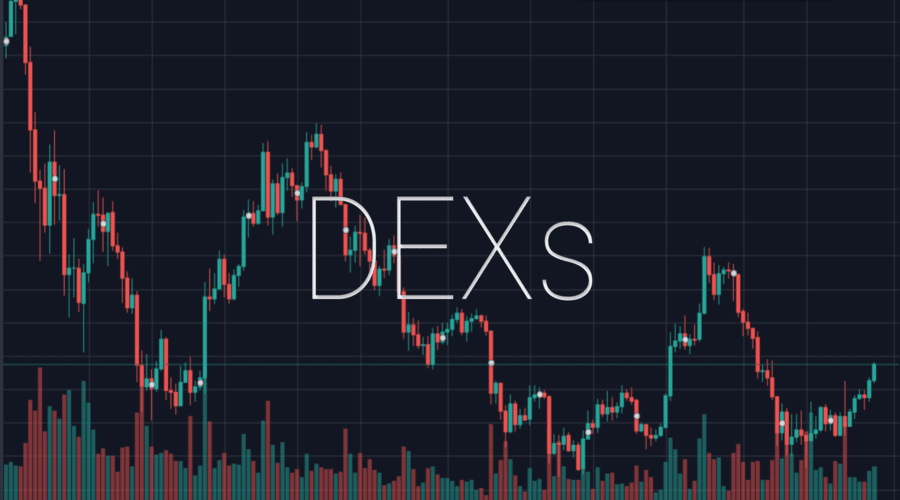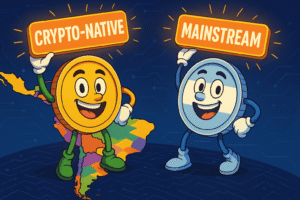Understanding Staking Rewards: Calculations and Factors Staking on Decentralized Exchanges (DEXs)

Understanding Staking Rewards
Staking has become an increasingly popular way for cryptocurrency holders to earn passive income by participating in blockchain networks. Decentralized exchanges (DEXs) have emerged as prominent platforms for staking, offering users the opportunity to contribute to network security and earn rewards in return. In this article, we will delve into the intricacies of staking rewards, focusing on calculations and the factors that influence them.
Introduction
Cryptocurrencies are built on blockchain networks that rely on validators to maintain network integrity and security. Staking involves participating in these networks by locking up a certain amount of cryptocurrency, thereby contributing to the consensus mechanism and earning rewards. Staking on DEXs has gained traction due to their decentralized nature and the benefits they offer to stakers.
What is Staking?
Staking refers to the process of holding and “staking” a certain amount of cryptocurrency in a digital wallet to support the operations of a blockchain network. By staking their tokens, users contribute to network security, consensus, and transaction validation. In return, they receive staking rewards, typically in the form of additional tokens.
Cryptocurrencies have revolutionized the financial world, introducing new concepts and opportunities for investors and enthusiasts. One such concept is staking, which has gained popularity in recent years. Staking offers a way to earn passive income while participating in the security and governance of blockchain networks. In this article, we will explore what staking is, how it works, its benefits, and how to get started.
Staking operates on different mechanisms depending on the cryptocurrency and blockchain network. Generally, stakers need to hold a specific amount of tokens, known as the staking requirement, and keep them in a designated wallet. These tokens act as a guarantee, ensuring the staker’s commitment to the network’s integrity.
Staking on Decentralized Exchanges (DEXs)
Staking on DEXs provides several advantages over traditional centralized exchanges. Firstly, DEXs are built on blockchain technology, ensuring transparency, security, and eliminating the need for intermediaries. Staking on DEXs allows users to actively participate in network governance and decision-making processes, empowering them with voting rights on protocol upgrades and proposals.
Additionally, staking on DEXs offers the potential for higher staking rewards. DEXs often distribute a portion of their transaction fees among stakers, incentivizing participation and supporting network growth. These rewards can significantly enhance the overall return on investment for users.
Decentralized exchanges (DEXs) have emerged as a popular alternative to traditional centralized exchanges, offering users greater control over their funds and increased privacy. In addition to facilitating peer-to-peer trading, many DEXs now provide the option for users to stake their tokens directly on the platform. Staking on DEXs offers a unique opportunity for crypto holders to earn rewards while actively participating in the decentralized finance (DeFi) ecosystem.
When it comes to staking on DEXs, the process is relatively straightforward. Users typically need to connect their wallets to the DEX platform and select the tokens they wish to stake. These tokens are then locked up in a smart contract, contributing to the liquidity and security of the DEX’s trading pools.
One of the key benefits of staking on DEXs is the ability to earn rewards in the form of additional tokens. These rewards are often generated through transaction fees or by participating in liquidity provision pools. By staking their tokens on a DEX, users can actively contribute to the liquidity of the platform and earn a share of the trading fees generated by the network.
Staking on DEXs also offers users the flexibility to unstake their tokens at any time, allowing for easy access to their funds when needed. Additionally, staking on DEXs aligns with the principles of decentralization and empowers users by giving them direct control over their assets.
In conclusion, staking on decentralized exchanges provides an exciting opportunity for crypto holders to actively engage in the DeFi ecosystem and earn rewards. By staking their tokens on DEXs, users can contribute to liquidity, support decentralized trading, and participate in the growth of this innovative financial ecosystem.

Calculating Staking Rewards
Understanding how staking rewards are calculated is crucial for maximizing returns. The calculation of staking rewards involves various factors, including the annual percentage yield (APY) and several other parameters unique to each blockchain network.
Annual Percentage Yield (APY): APY represents the annualized rate of return on staked assets. It factors in variables such as the distribution frequency of rewards and compounding effects. APY is a crucial metric for assessing the profitability of staking and comparing different staking options.
Factors Affecting Staking Rewards: Several key factors influence the amount of staking rewards users can earn:
- Network Validators: The number and quality of validators within a network impact staking rewards. Networks with a higher number of validators often have more competition, resulting in lower individual rewards. Choosing networks with reputable and reliable validators is essential to maximize earnings.
- Staking Duration: The length of time tokens are staked affects the rewards. Longer staking durations often yield higher rewards due to the compounding effect. However, users should consider their liquidity needs and evaluate the trade-offs between longer staking periods and potential price appreciation.
- Total Stake and Competition: The total amount of tokens staked within a network affects the reward distribution. Higher total stake leads to increased competition for rewards, potentially reducing individual earnings. Monitoring the total stake can provide insights into the network’s attractiveness for stakers.
- Inflation Rate: Networks with inflationary token models distribute newly minted tokens as rewards. Understanding the inflation rate is crucial, as higher inflation may dilute the value of staked tokens over time. Evaluating the balance between inflation and staking rewards is essential for long-term profitability.
- Token Price Appreciation: Staking rewards are often denominated in the native cryptocurrency of the network. Token price appreciation can significantly enhance the overall value of staking rewards. Considering the potential for token price appreciation is vital for maximizing returns.
Tools and Platforms for Staking
To simplify the staking process and aid in reward calculations, various tools and platforms are available to cryptocurrency users.
Popular DEXs with Staking Options: Many decentralized exchanges offer staking services, allowing users to stake their tokens directly on the exchange platform. Examples include Uniswap, SushiSwap, and PancakeSwap. These platforms provide intuitive interfaces and secure staking environments.
Staking Rewards Calculators: Staking rewards calculators are valuable tools that assist users in estimating potential rewards based on different parameters. These calculators consider factors such as staking duration, token price, network inflation, and total stake. By utilizing these calculators, users can make informed decisions and optimize their staking strategies.
Risks and Considerations
While staking offers an opportunity for passive income, it is essential to be aware of the risks involved:
- Impermanent Loss: Staking liquidity in certain liquidity pool-based protocols can expose users to impermanent loss. This occurs when the relative value of the staked tokens fluctuates significantly compared to holding them outside the pool. Understanding the risks and mechanisms of impermanent loss is crucial before engaging in liquidity staking.
- Network Security: Staking involves locking up tokens within a network, potentially exposing them to security risks. Users should evaluate the reputation and security measures of the network and validators to mitigate the risk of hacking or network attacks.
- Regulatory Considerations: Staking may have regulatory implications, depending on the jurisdiction. Users should be aware of any legal or tax requirements related to staking and ensure compliance with local regulations.
- Smart Contract Risks: Staking on blockchain networks involves interacting with smart contracts. Users should thoroughly review and understand the code and security audits of these contracts to mitigate the risk of potential vulnerabilities or exploits.
Strategies for Maximizing Staking Rewards
To optimize staking rewards, consider the following strategies:
- Choosing Reliable Validators: Research and select validators with a proven track record of reliability, security, and performance. Validators with a high uptime and community trust increase the likelihood of earning consistent rewards.
- Optimizing Staking Duration: Evaluate the trade-offs between staking duration and liquidity needs. Longer staking periods often yield higher rewards, but users should assess their requirements and ensure they have sufficient flexibility if they need to unstake their tokens.
- Diversifying Staked Assets: Spreading staked assets across multiple networks or validators can mitigate risks and diversify rewards. Diversification helps reduce the impact of potential network failures or performance issues.
Conclusion
Staking rewards present an attractive opportunity for cryptocurrency holders to earn passive income and actively participate in blockchain networks. By understanding the calculations and factors influencing staking rewards, users can make informed decisions and maximize their returns. It is crucial to consider risks, evaluate strategies, and utilize tools and platforms to optimize staking experiences. Staking on DEXs offers unique advantages, such as decentralized governance and potential higher rewards. Stay informed, assess the market, and enjoy the benefits of staking in the evolving cryptocurrency ecosystem.
FAQs
- Q: What are staking rewards? Staking rewards are incentives earned by individuals who participate in blockchain networks by staking their cryptocurrency. These rewards can be in the form of additional tokens, transaction fees, or other benefits.
- Q: How often are staking rewards distributed? The distribution frequency of staking rewards varies depending on the blockchain network and its protocol. Some networks distribute rewards daily, while others may distribute them weekly, monthly, or based on specific network events.
- Q: Can I unstake my tokens at any time? The ability to unstake tokens depends on the specific network and its staking protocol. Some networks impose lock-up periods or require users to provide advanced notice before unstaking. It is essential to understand the unstaking process and any associated conditions.
- Q: Is staking risky? Staking carries certain risks, such as impermanent loss, network security vulnerabilities, regulatory considerations, and smart contract risks. It is crucial to conduct thorough research, understand the risks involved, and assess personal risk tolerance before engaging in staking activities.
- Q: How can I track my staking rewards? Most blockchain networks provide tools or interfaces where users can track their staking rewards. These interfaces typically display reward balances, distribution history, and other relevant information. Users can also utilize third-party staking rewards tracking platforms for a comprehensive view of their staking activities.

I have been in the industry for over 5 years. I know all the latest news and what is going on with different coins. I write about Bitcoin, Ethereum, Litecoin, and more.








